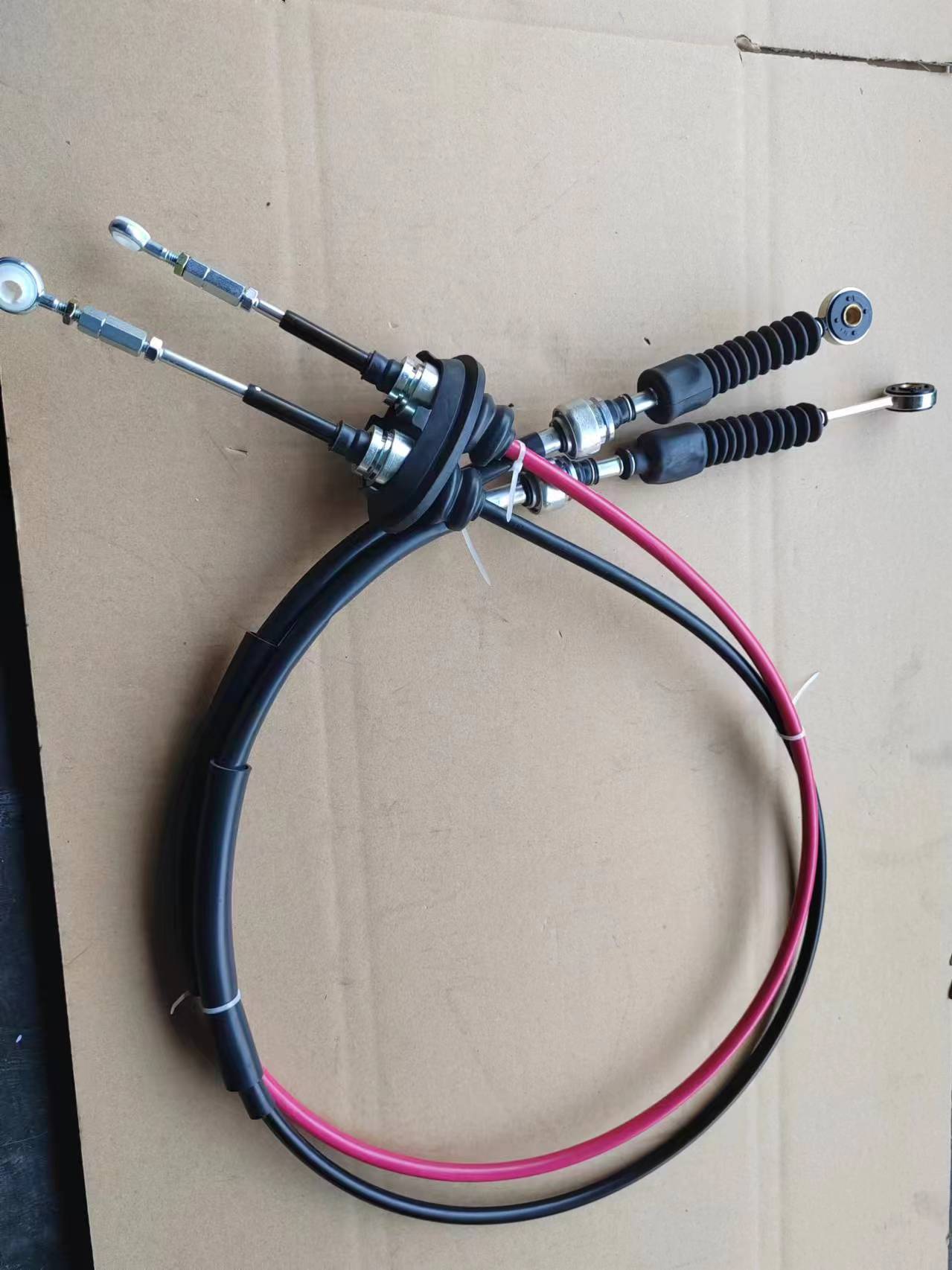Optimal Solutions for Carburetor Cable Adjustments and Maintenance Tips
Understanding the Carburetor Cable Its Role and Importance in Engine Performance
The carburetor cable is a critical component that plays a significant role in the operation of many internal combustion engines, particularly those found in older vehicles, motorcycles, small engines, and certain types of outdoor power equipment. Although fuel injection systems have largely replaced carburetors in modern cars due to their efficiency and lower emissions, understanding the carburetor cable's function and importance is essential for those who maintain or restore vintage vehicles or other equipment reliant on carburetion.
At its core, the carburetor cable connects the throttle pedal or handle to the carburetor itself. When the driver or operator presses down on the accelerator, the cable transmits this motion to the carburetor, controlling the airflow and fuel mixture entering the engine. This interaction directly affects the engine's performance, responsiveness, and overall efficiency.
How the Carburetor Cable Works
The operation of the carburetor cable is relatively straightforward
. The throttle pedal is linked to a cable that runs to the carburetor, where it is connected to a lever or a valve inside the carburetor. When the pedal is depressed, the cable pulls on the lever, which opens the throttle plate, allowing more air and fuel to enter the engine. This process is crucial for the engine to generate power, especially during acceleration or when climbing steep hills.One important thing to note is that the tension on the carburetor cable needs to be adjusted correctly. If the cable is too loose, it may result in slow throttle response, causing the engine to lag during acceleration. Conversely, a cable that is too tight can lead to undesirable conditions like increased wear on the throttle components or even throttle sticking, which can be dangerous. Regular inspection and adjustments of the cable are essential maintenance practices for optimal engine performance.
carburetor cable

Common Issues with Carburetor Cables
Like any mechanical component, carburetor cables can experience issues over time. Common problems include fraying, binding, or corrosion. A frayed cable can lead to unpredictable throttle response, while a binding cable can make it difficult to operate the throttle smoothly. Corrosion, especially in outdoor environments, can impact the cable's effectiveness, leading to increased friction and wear.
For those maintaining older vehicles or equipment, replacing a worn-out carburetor cable is a relatively straightforward task that can significantly improve performance. It typically involves disconnecting the old cable, routing the new one in the same manner, and ensuring everything is securely attached.
Conclusion
In conclusion, while the carburetor cable may not be the most glamorous component within an engine, it plays a vital role in the overall performance and efficiency of carbureted systems. Understanding its function, maintenance, and potential issues can help preserve the health of vintage vehicles and engines, ensuring they operate smoothly and responsively. Whether you're a car enthusiast, a DIY mechanic, or just someone who enjoys tinkering with machinery, keeping an eye on the carburetor cable is a small but important aspect of engine maintenance that should not be overlooked.
-
Workings of Clutch Pipe and Hose SystemsNewsJun.04,2025
-
The Inner Workings of Hand Brake Cable SystemsNewsJun.04,2025
-
The Secrets of Throttle and Accelerator CablesNewsJun.04,2025
-
The Hidden Lifeline of Your Transmission Gear Shift CablesNewsJun.04,2025
-
Demystifying Gear Cables and Shift LinkagesNewsJun.04,2025
-
Decoding Clutch Line Systems A Comprehensive GuideNewsJun.04,2025
